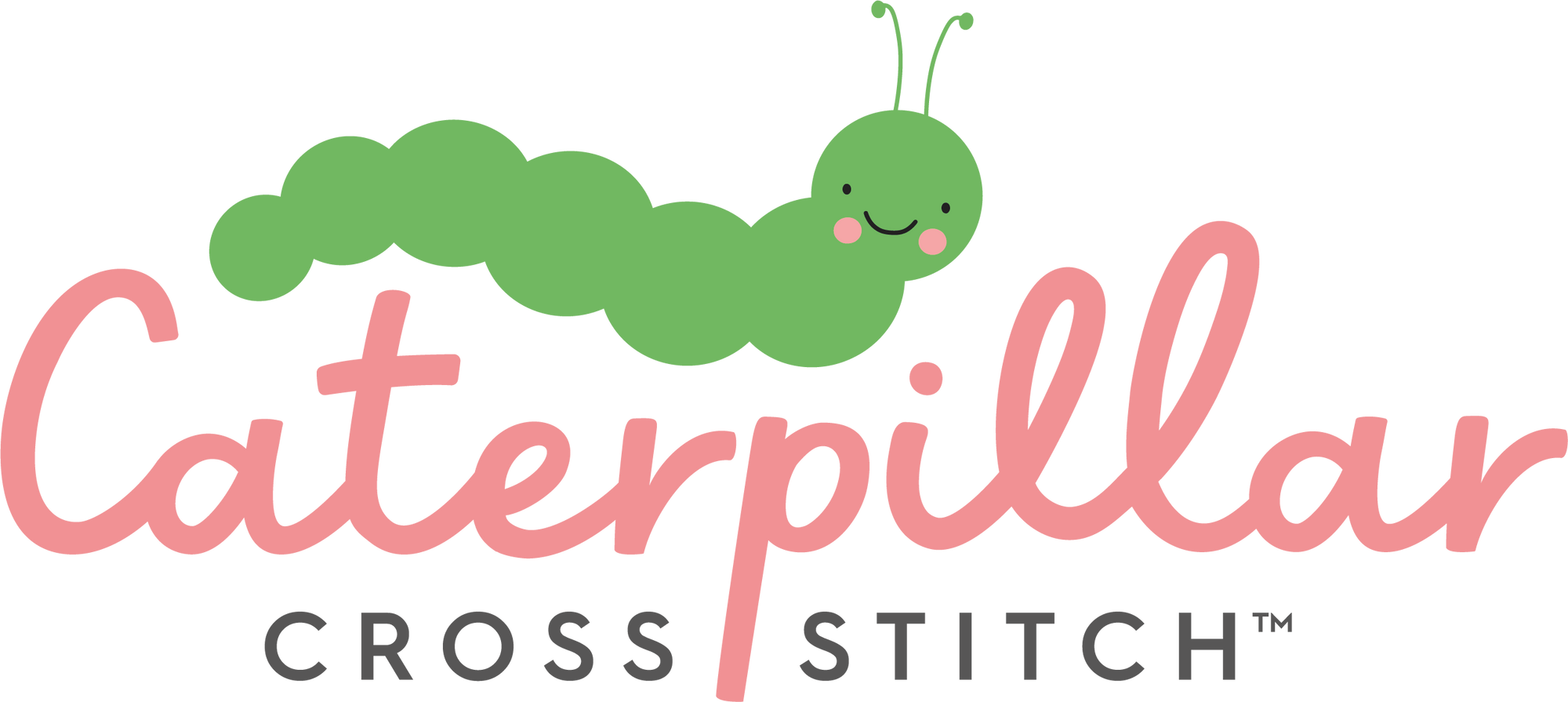- NEW
-
Shop All
-
Accessories
- Subscription Box
- Membership
-
Community
-


December 04, 2025
This guide will help you create an organisation system that actually works for your stitching habits, protects your supplies, and makes starting a new project feel easy. Whether you have a dedicated craft room or tuck everything into a corner of the living room, there's an approach here that will suit your space and budget.
November 27, 2025
Creating handmade Christmas ornaments is a cherished tradition for many UK families, and cross stitching on a plastic canvas offers a wonderful way to make decorations that will last for years. This guide will walk you through everything you need to know about stitching on a plastic canvas, from selecting the right materials to finishing your ornaments with felt backing and hanging loops.
November 20, 2025
November 13, 2025
Get started on your cross stitch journey with our beginners guide on how to start cross stitching. From the equipment you need, to creating your first stitch and improving your skills, our guide will support you with all you need to know.
November 06, 2025
So, you’ve come to the end of your cross stitch project and you’re now left with all the small snippets of thread after tucking in the ends… surely we can get creative with these? Here are some different ways of displaying or repurposing the small bits of thread!
October 30, 2025
Cross stitching doesn't have to break the bank or require a cupboard full of specialist equipment. Some of the most advanced stitchers have always known that the best tools are often hiding in plain sight around your home. Whether you're just starting out, travelling with limited luggage, or simply love a good creative challenge, household items can serve as brilliant alternatives to traditional cross stitch accessories.
October 23, 2025
Whether holidays, business trips, or family visits, there's something calming about having your cross stitch project with you during travel. Whether you're facing a long-haul flight or a short hop across Europe, bringing your stitching along can turn stressful waiting time into productive, relaxing moments.
September 24, 2025
Have you ever admired a cross stitch pattern featuring scattered stars across a night sky or delicate flowers dotting a meadow, only to feel intimidated by those single, isolated stitches? These lonely little crosses, known as confetti stitches, often put beginners off attempting otherwise lovely patterns. But with the right techniques, confetti stitches can become just another enjoyable part of your stitching journey.
September 16, 2025
If you're ready for more challenging cross stitch projects, then this post will give you some advanced techniques, tools, and useful tips to help improve your cross stitch skills. Whether you're looking for more detailed patterns, advanced kits, or more, we've got you covered.